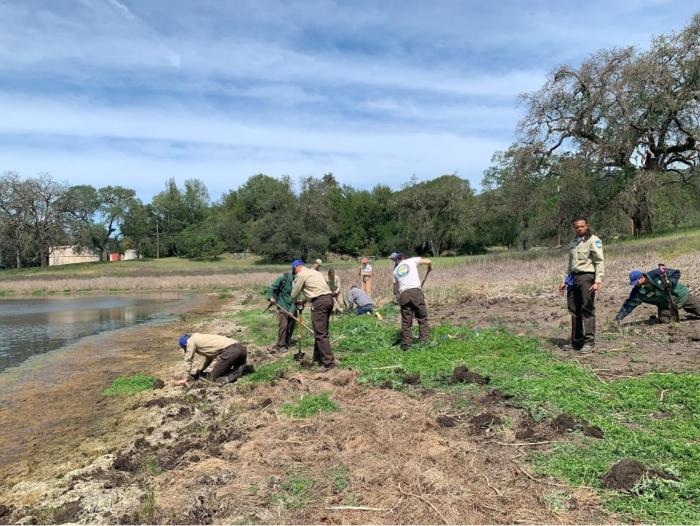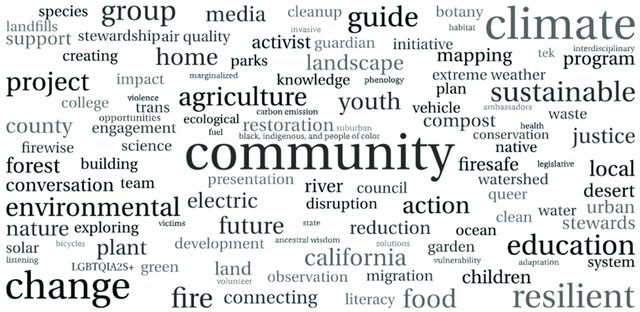Recovering Native Amphibians at HREC’s Perennial Ponds

|
When the University of California acquired the land now encompassing the Hopland Research and Extension Center (HREC) in 1951, it hosted a greater diversity of native species than today, with a survey two decades ago revealing the loss of 34 native plant species out of 612 recorded in the 1950s. Concurrently, the proportion of non-native species increased from 19% in 1952 to 23%. Declines in amphibian populations, though less documented than plants, resulted from the introduction of bullfrogs and exotic fish, such as largemouth bass, for sport fishing. California red-legged frogs once inhabited several perennial ponds near the center's headquarters, before the species was listed as Threatened by US Fish and Wildlife Service and by 2011. Recent drought periods, devastating for many California ecosystems, had an unexpected positive impact on the pond ecosystem as they dried up entirely for the first time in recorded history, leading to the demise of the largemouth bass population. Seizing this opportunity, a project was initiated to restore these ponds to their former state as habitat for California red-legged frogs and to serve as a demonstration project for other landowners.
Efforts to monitor frog activity using acoustic detectors and to control bullfrog populations using various methods have been implemented during Fall 2023 and early Winter 2024. Monitoring during future summer mating seasons will provide insights into the effectiveness of these control measures, with plans to extend efforts to neighboring ponds and reintroduce controlled burns to diversify vegetation and plant species composition. Public outreach has been crucial to the success of this project, with two workshops in June 2023 at the Hopland REC and the Sonoma State Galbreath Reserve focusing on wetland management strategies, particularly addressing invasive species control, engaging and educating landowners and managers from across the region.
Researcher Spotlight: Dr. Adina Merelender

With experience that spans from single species management to regional land use planning, Adina currently studies habitat connectivity and climate change resilience of protected area networks and vineyard landscape ecology. Adina is the founder of the California Naturalist Program and a Professor of Cooperative Extension in Conservation Science at UC Berkeley. You can find out more about her academic program here.
Learn More!
Adina is also involved with the UC Climate Stewards certification course which is an adult education program that includes relationship building, social-emotional learning, climate science, climate communication, monitoring resilience, and community-scale action. Based on results from a recent study, Adina and her collaborators observed significant improvement in program participants' self-efficacy, with increased confidence to help protect communities. Consider signing up for an upcoming Climate Stewards or California Naturalist course in your area!

|

